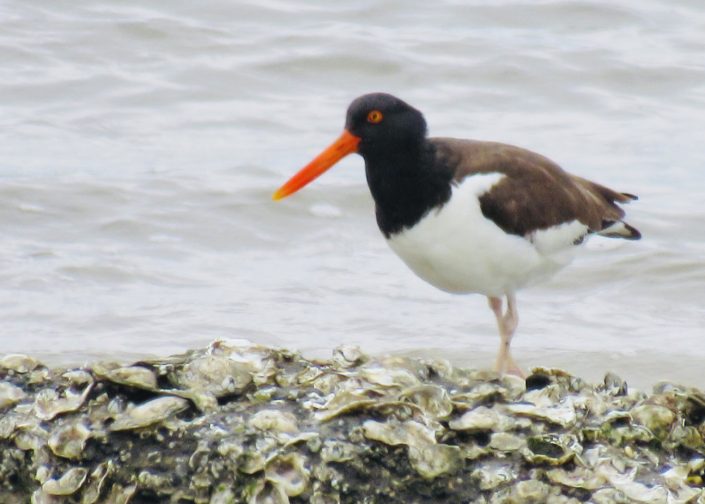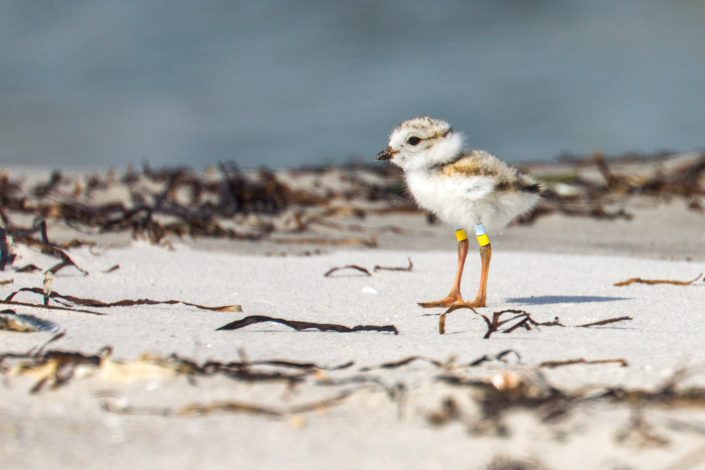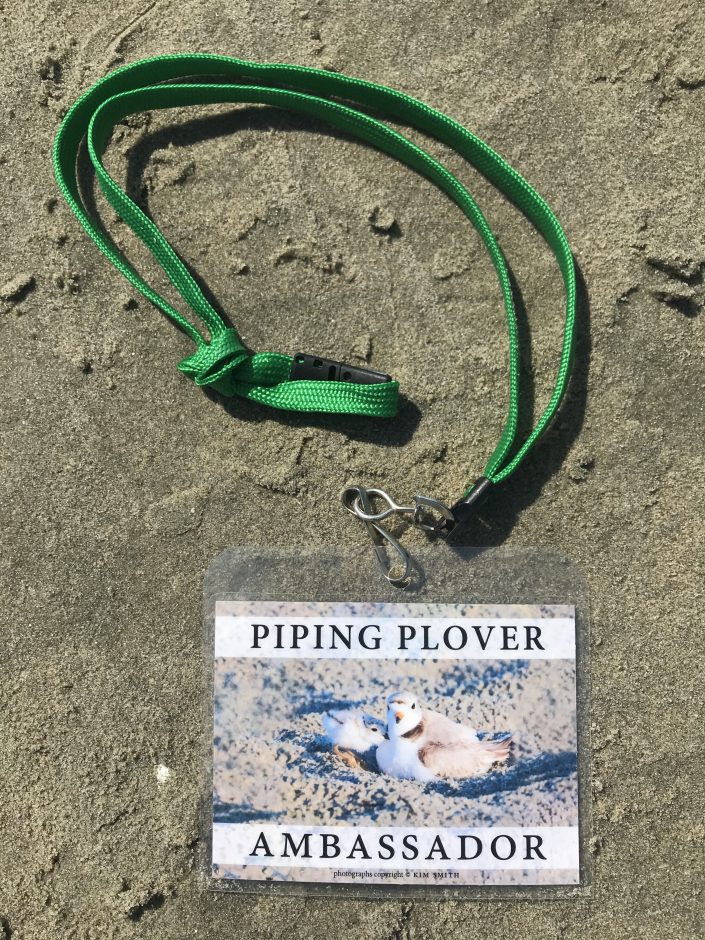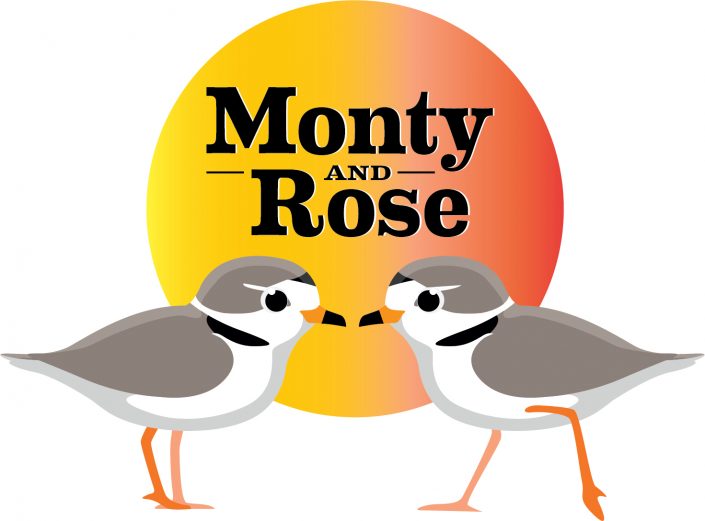The Mysterious Oystercatchers of the Delaware Bay: Results of the 2021 Bay-Wide Survey
By: Meghan Kolk, CWF Wildlife Biologist

The Delaware Bay is well known for the spectacular phenomenon of spawning horseshoe crabs and migrating red knots every May, but in recent years the American oystercatchers (Haematopus palliatus) have also discovered the allure of the Bayshore and made it their home. American oystercatchers, a State Species of Special Concern, have been monitored and managed by CWF and the NJDFW’s Endangered and Non-game Species Program along the Atlantic coast beaches for nearly two decades, resulting in a steady population increase. However, the population that breeds along the Bayshore, first documented in 2016, has not received the same attention and had never been fully surveyed until this year.
CWF’s interest in this newly discovered population led to a small pilot study of a few known breeding pairs in 2018. Then this past May, we launched a bay-wide survey of the sandy beaches of the New Jersey side of the Bay from Cape May Point up to Seabreeze, the northernmost beach in Cumberland County. The purpose of the bay-wide survey is to determine a baseline of the number and distribution of breeding pairs along the Bayshore. The data gathered from this survey will add to the Statewide population estimate and help determine the amount of time and funding needed to fully monitor and manage the Bay’s population. More monitoring will be necessary to assess risk factors and reproductive success. Reproductive success can then be maximized by managing for risk factors such human disturbance, predation and tidal flooding.
This survey was made possible due to the efforts of dedicated volunteers and could not have been completed without their help. Unlike the Atlantic coast, the Bayshore beaches are often difficult to access, and many can only be reached by boat, making this survey more challenging. In fact, two sites that we planned to survey proved to be too difficult to reach and were skipped for this year. Each of the 33 remaining sites were surveyed just once within a specific timeframe, giving only a snapshot of the breeding season. We hope to be able to collect much more information in the future when more funding for this project is available. Based on the survey that was conducted, 13 pairs were documented at 8 different sites and 8 nests were documented at 5 different sites.
In addition to the formal survey, I was able to collect some observations as I spent every day in May on the Bay working with red knots. I took notice of the prey items that the oystercatchers were choosing. I often observed them feasting on oysters, which were plucked off exposed rubble at low tide. They also spent time at the man-made oyster reefs that were constructed at several beaches to act as breakwaters to slow the erosion of beaches. They also favored ribbed mussel beds, which become exposed as the tide recedes. The most interesting foraging behavior I witnessed was an oystercatcher plucking a fresh slipper shell off a horseshoe crab as it came to shore to spawn. It seems the Bay offers a variety of good food sources for a bird that mainly preys on bivalve mollusks.
I also noticed that flocks of up to 11 oystercatchers were traveling together up and down the Bayshore. This is a peculiar behavior since oystercatchers are highly territorial during the breeding season and are typically only seen in flocks once the breeding season is over. Could it be that the Bayshore is a popular spot for non-breeding young adults to hang out?
So much more research is needed to answer the many questions we have about the mysterious Bayshore oystercatchers.



















